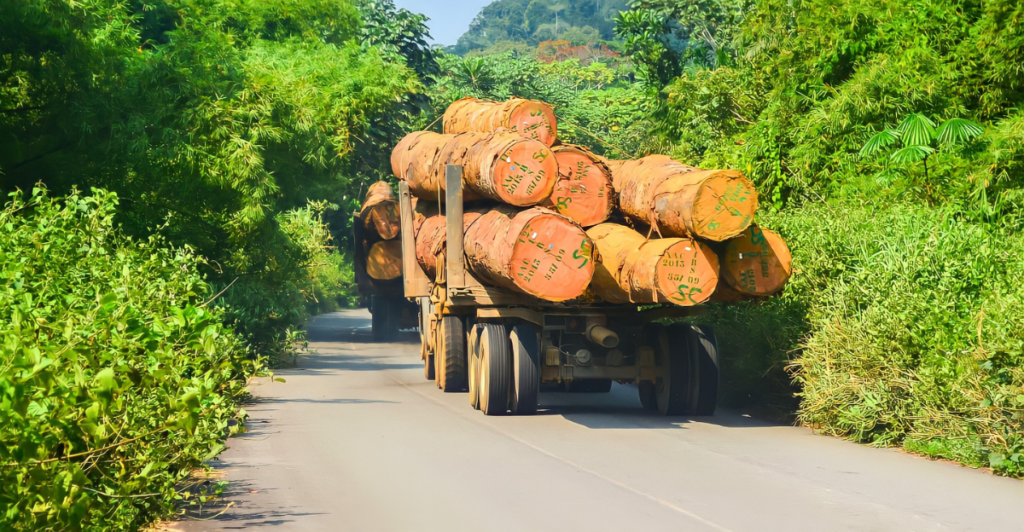
Indonesia is undertaking the world’s largest deforestation project to clear forests for bioethanol fuel, sugarcane, rice, and other crops. While enhancing food security and energy self-sufficiency, this ambitious initiative has sparked global concern due to its environmental, social, and economic implications.
“I am confident that within four to five years at the latest, we will achieve food self-sufficiency,” Prabowo Subianto, the current President, said in October 2024. “We must be self-sufficient in energy, and we can achieve this.”
The Scope of the Project
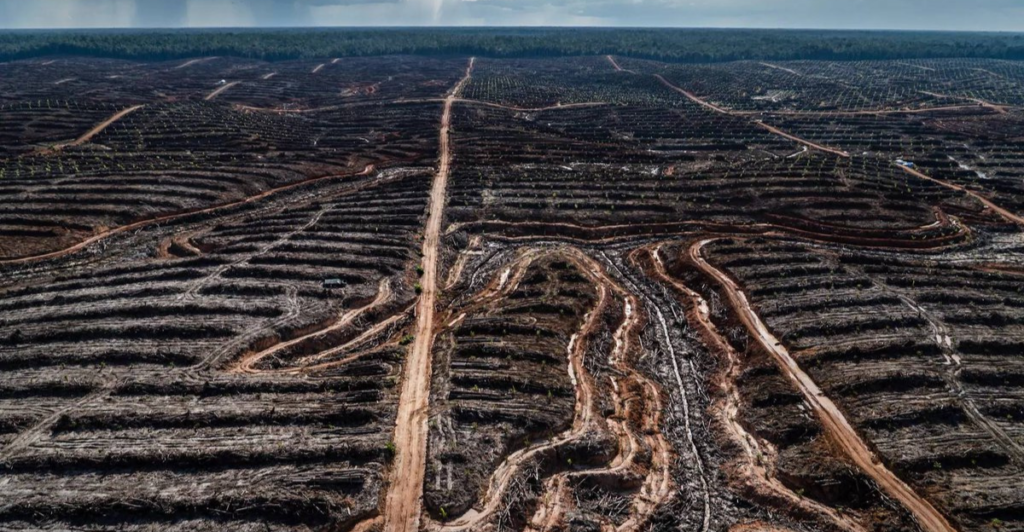
The scope of Indonesia’s deforestation project is staggering. Plans to clear forests equivalent to the size of Belgium—over 3 million hectares (7.4 million acres)—to establish massive plantations for sugarcane-derived bioethanol, rice, and other food crops are centered around the Merauke Integrated Food and Energy Estate in Papua. This initiative represents the largest planned deforestation effort globally.
The targeted area overlaps with the ecologically rich Trans-Fly ecoregion, home to critically endangered species like orangutans, elephants, and endemic turtles, as well as Indigenous communities whose livelihoods depend on these forests.
While the government aims to bolster food security and renewable energy production, critics warn that replacing vibrant ecosystems with monocultures risks irreparable biodiversity loss, displacement of Indigenous populations, and significant carbon emissions, estimated by independent studies at up to 630 million tons of CO2 equivalent.
A Renewable Fuel with Environmental Costs
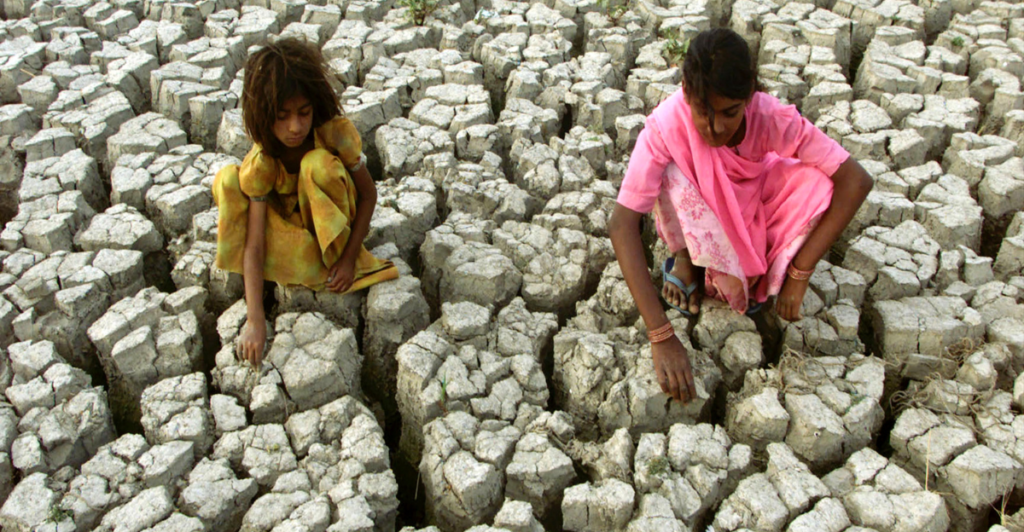
While bioethanol is touted as a renewable fuel capable of reducing greenhouse gas emissions compared to fossil fuels, its environmental costs are significant and often overlooked.
Bioethanol production, particularly from first-generation feedstocks like sugarcane and corn, frequently involves land-use changes that lead to deforestation and biodiversity loss. Such practices can negate the carbon savings by releasing vast amounts of stored carbon into the atmosphere.
The intensive use of fertilizers and pesticides during cultivation also contributes to acidification, eutrophication, and water pollution. Life cycle assessments also reveal that bioethanol production can strain water resources, with some feedstocks requiring up to 60 times more water than their fossil fuel counterparts.
Impacts on Biodiversity

Indonesia is a global biodiversity hotspot, home to countless endangered species, such as orangutans, Sumatran tigers, and elephants, which rely on its tropical forests for survival. The planned clearing of millions of hectares of forest threatens to destroy critical habitats, pushing many species closer to extinction.
“Imagine every piece of vegetation in that area being completely cleared, having all the trees and the wildlife erased from the landscape and replaced with a monoculture,” said Glenn Horowitz, CEO of Mighty Earth. “It’s creating a zone of death in one of the most vibrant spots on Earth.” The loss of forest cover disrupts ecological balance, affecting pollination, seed dispersal, and water cycles.
Displacement of Indigenous Communities
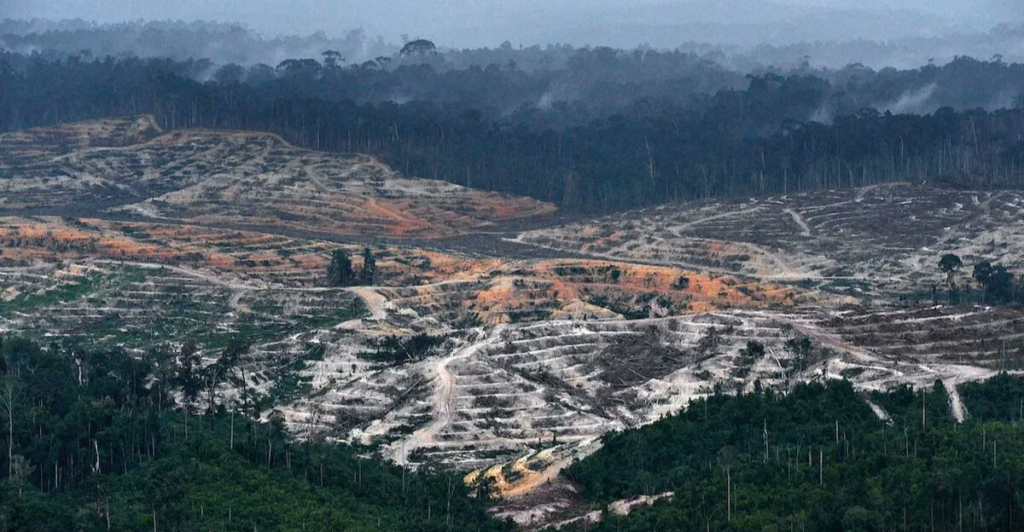
The deforestation project in Papua is causing widespread displacement of Indigenous communities, who are losing access to their ancestral lands and livelihoods. Over 50,000 Indigenous people are estimated to be affected, with many reporting a lack of consultation and facing heavy military presence aimed at suppressing protests.
These communities rely on the forests for food, water, and cultural practices, which are now being destroyed to make way for rice fields and bioethanol plantations. Sacred sites have been cleared, violating Indigenous rights protected under Indonesian law. The loss of land is not just physical but deeply cultural, erasing traditions tied to their environment and forcing a shift away from self-sufficient lifestyles.
Carbon Emissions and Climate Change
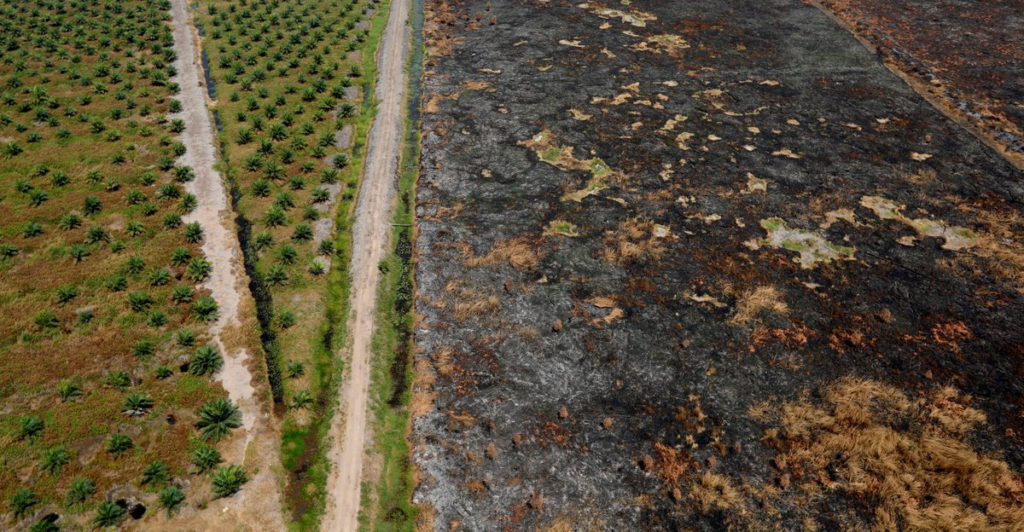
The country is already one of the world’s largest greenhouse gas emitters, with deforestation, peatland degradation, and fires contributing nearly 50% of its annual emissions. Clearing forests for plantations releases massive amounts of stored carbon, mainly from peatlands, which are high-capacity carbon sinks. Fires used in land clearing can smolder for weeks, emitting significant CO2 and other pollutants. Once vital for carbon sequestration, monoculture plantations are replacing Indonesia’s tropical forests and peatlands, exacerbating global climate challenges.
While moratoriums on new logging permits have slowed deforestation in some areas, these measures remain insufficient to offset the emissions caused by large-scale forest clearing. “We know the forests of Papua are one of the biggest lungs of the world, yet we are destroying it,” Vincent Kwipalo, a villager in the area, said. “Indonesia should be proud to protect Papua … not destroy it.”
Criticism from Environmental Groups
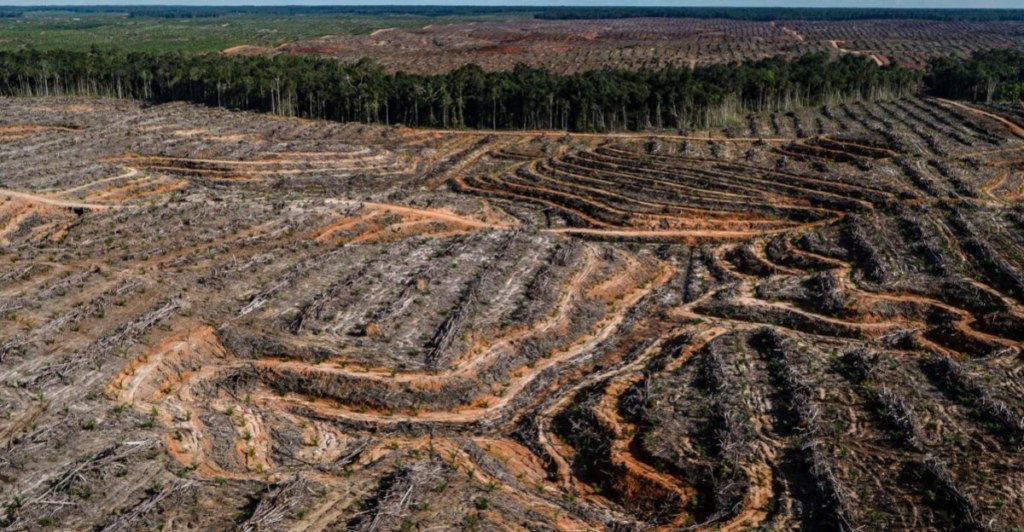
Environmental groups have strongly criticized Indonesia’s deforestation project, labeling it as “environmentally illogical and destructive” due to its potential for irreversible damage to ecosystems and biodiversity. Activists, including the Clean Transition Coalition, argue that the plan contradicts the government’s stated food and energy security goals, warning that it could exacerbate deforestation by paving the way for expanded oil palm plantations, already a major driver of forest loss in the country.
“Instead of clearing forests, the government should focus on optimizing existing agricultural land, respecting indigenous rights, and implementing genuine agrarian reform,” the Clean Transition Coalition of environmental NGOs said. Groups like Sawit Watch and Satya Bumi have highlighted the risks of replacing old-growth forests with monoculture crops, which are failing to match natural ecosystems’ ecological benefits.
Potential Solutions
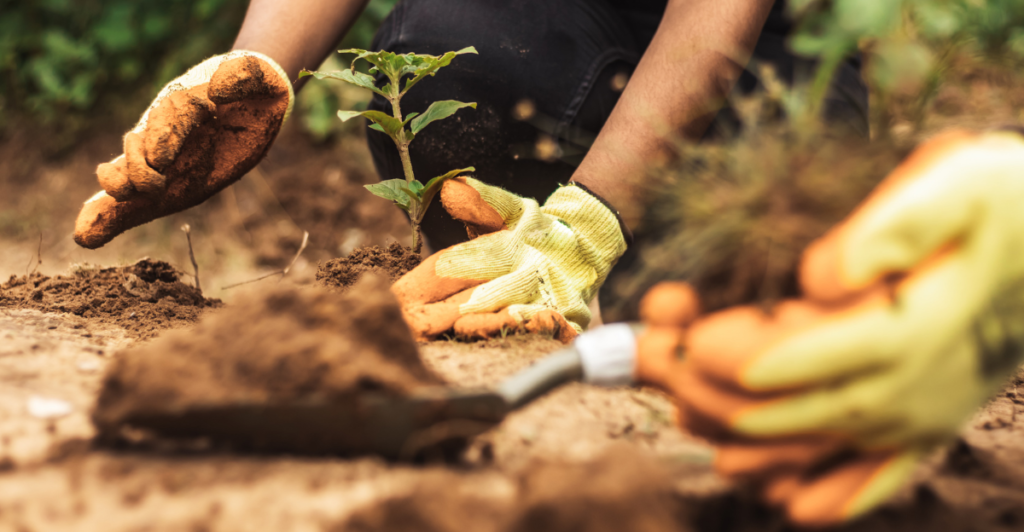
Potential solutions to Indonesia’s deforestation crisis include reforestation efforts and stricter regulatory measures. Reforestation initiatives, such as restoring degraded lands and peatlands, could help offset carbon emissions while revitalizing ecosystems. Under the Low Carbon Development Initiative (LCDI), Indonesia aims to restore 1 million hectares of degraded land annually, contributing to its goal of transforming forests into a net carbon sink by 2030.
Experts caution that reforestation cannot replace old-growth forests’ ecological functions. Stronger regulations and international cooperation are needed to balance economic development with environmental conservation.
Economic Ambitions vs. Environmental Sustainability

On the one hand, the government views large-scale forest clearing as a pathway to boost agricultural outputs, generate bioethanol for renewable energy, and stimulate economic growth in underdeveloped regions. These initiatives aim to position Indonesia as a global leader in food security and green energy production.
However, this economic drive comes at the expense of critical ecosystems, biodiversity, and Indigenous communities. Environmental groups argue that prioritizing short-term economic gains undermines long-term sustainability, as deforestation accelerates climate change and depletes natural resources essential for future generations.
What Can Be Done?

Governments must strengthen policies to protect forests, enforce existing moratoriums, and prioritize sustainable land-use practices over destructive monocultures. Corporations involved in agricultural supply chains must adopt zero-deforestation commitments and ensure traceability to eliminate links to forest destruction. Consumers worldwide can drive change by supporting ethically sourced products and pressuring brands to reject deforestation-related commodities.
International organizations and climate funds should increase financial support for Indonesia’s reforestation and conservation efforts while empowering Indigenous communities as stewards of their ancestral lands. Public awareness campaigns are critical to highlight the interconnectedness of global ecosystems and the role every individual plays in preserving them.
Explore more of our trending stories and hit Follow to keep them coming to your feed!

Don’t miss out on more stories like this! Hit the Follow button at the top of this article to stay updated with the latest news. Share your thoughts in the comments—we’d love to hear from you!







